- Lab-STICC
- Calendar
- PhD Defense, Hugo Le Tarnec
PhD Defense, Hugo Le Tarnec
-
Location: Room Gepetto, CERV
Virtual Reality (VR), a technology that enables real-time collaboration between distant individuals, offers new perspectives on how people interact and work together in immersive environments. Avatars, representing individuals, are transforming the way teams work together remotely. However, although their visual representations are becoming more realistic, their behavior does not yet fully replicate the complexity of human interactions. During this work, we developed a first model, called the mirror avatar, which focuses on facial expressions to better understand their impact and limitations on collaboration. The results of the first experiment showed an improvement in social presence and conversational attention during discussions in VR. Next, leveraging the transformative potential of VR, we proposed a second model, called the augmented avatar, which combines the reproduction of the user's behaviors with artificial behaviors to enrich interactions. The results of a second experiment showed an improvement in social presence and conversational attention behaviors.
The defense jury is composed of:
- Valérie GOURANTON, Associate Professor, IRISA, Inria France
- Catherine ACHARD, Professor, Sorbonne University, France
- Pierre DE LOOR, Professor, ENIB, France
- Jean-Pierre JESSEL, Professor, Paul Sabatier University, France
- Olivier AUGEREAU, Associate Professor, ENIB, France
- Elisabetta BEVACQUA, Associate Professor, ENIB, France
- Guillaume JEGOU, Head of Human Factors Technologies Lab, b<>com, France
- Cédric BACH, Senior Human Factors Specialist, Human Design Group, France
